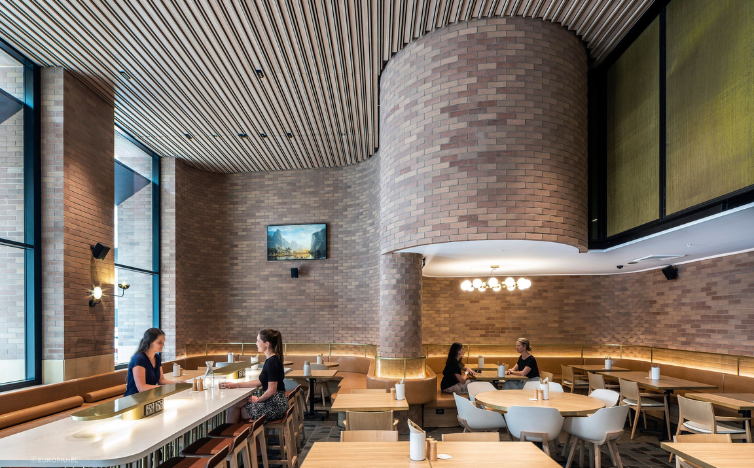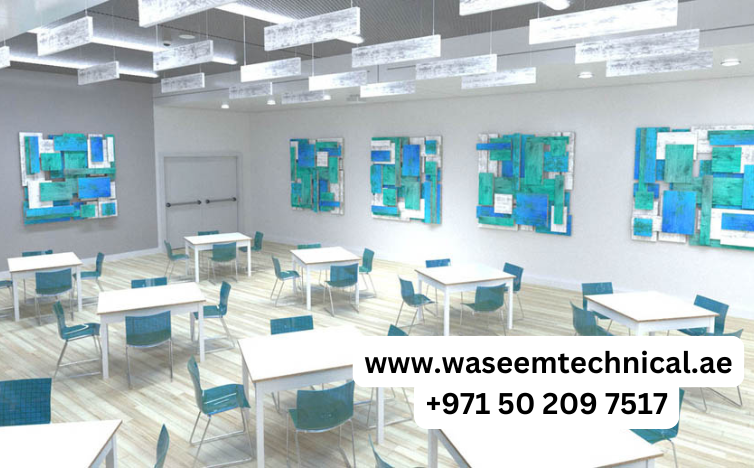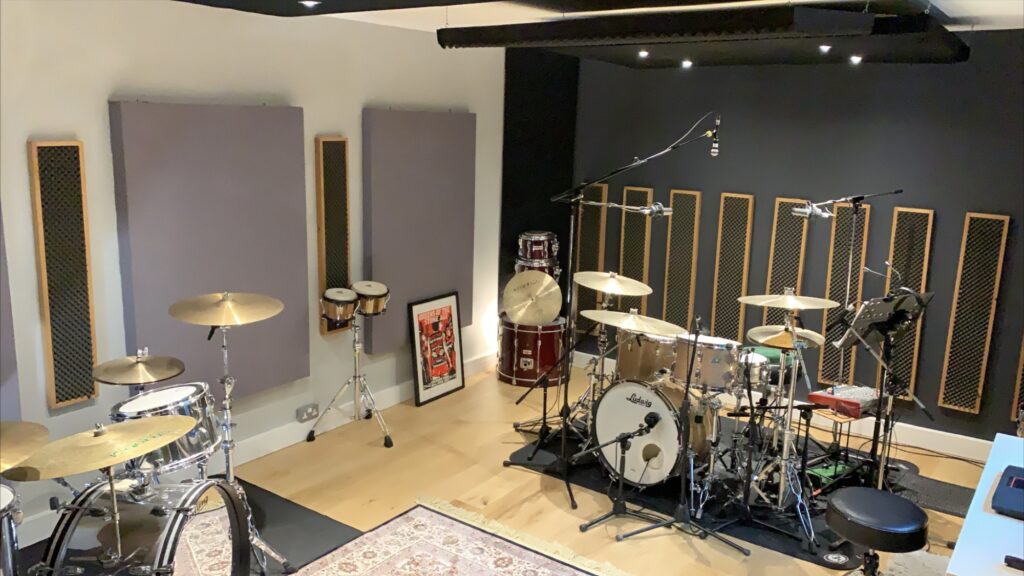Cafeterias are lively places where people come together to eat, talk, and unwind. However, the constant buzz of conversations, clattering dishes, and other noises can make these spaces overwhelmingly loud. Soundproofing your cafeteria is essential to creating a calm and comfortable atmosphere where people can enjoy their meals and conversations without the distraction of excessive noise. In this article, we’ll discuss effective strategies to soundproof your cafeteria.
Why Soundproofing is Important in a Cafeteria
Noise in a cafeteria can quickly become a major issue, especially in large or busy environments. Excessive noise can lead to an unpleasant dining experience, making it difficult for people to converse or relax. It can also contribute to increased stress levels for both diners and staff. Soundproofing addresses these issues by reducing noise levels, which enhances the overall atmosphere of the cafeteria.

Identifying Key Problem Areas
- Walls
Walls are often the largest surfaces in a cafeteria and are responsible for a significant amount of sound reflection. Installing acoustic panels on the walls can help absorb sound waves, reducing echo and minimizing noise. These panels can be customized to match the décor of the cafeteria, providing both aesthetic and acoustic benefits. - Ceilings
Ceilings can be a major source of noise problems in cafeterias, especially if they are high or have hard surfaces. Acoustic ceiling tiles or hanging baffles are effective solutions for trapping sound and preventing it from spreading. These materials are particularly useful in large, open spaces where noise tends to reverberate. - Floors
Hard flooring materials like tile or concrete can amplify noise in a cafeteria. Adding carpets or area rugs can help to absorb sound and reduce noise levels. If carpeting isn’t an option, consider using rubber flooring or mats, which also offer sound-dampening properties. - Windows and Doors
Windows and doors can allow noise to enter or escape the cafeteria. Installing soundproof windows or using heavy curtains can help block out external noise. For doors, solid-core doors are more effective at blocking sound than hollow-core doors, and adding door sweeps can further reduce sound leakage.
Selecting the Right Soundproofing Materials
Choosing the right materials is crucial to the success of your soundproofing efforts. Acoustic panels, ceiling tiles, and carpets are common choices, but more specialized materials like mass loaded vinyl (MLV) or acoustic foam may be required for specific applications. It’s important to assess the specific needs of your cafeteria to determine which materials will be most effective.
Implementing Soundproofing Solutions
After identifying the key areas that need soundproofing and selecting the appropriate materials, the next step is implementation. Start by focusing on the areas with the greatest noise issues, such as walls and ceilings. Depending on the materials chosen, you may need professional installation to ensure optimal results.
Maintaining Your Soundproofed Cafeteria
Maintaining the soundproofing in your cafeteria is an ongoing process. Regularly inspect soundproofing materials for signs of wear and tear, and replace them as necessary to maintain their effectiveness. Keeping the cafeteria clean and well-maintained will also help to preserve the soundproofing efforts.
Call us: Contact Waseem Technical Soundproofing Expert in Dubai For Soundproofing: +971 50 209 7517
Conclusion
Soundproofing your cafeteria is a vital step toward creating a more enjoyable and peaceful dining environment. By addressing key problem areas and selecting the right materials, you can significantly reduce noise levels, leading to a more pleasant experience for diners and staff alike. Whether you’re designing a new cafeteria or upgrading an existing one, soundproofing should be a top priority to ensure a comfortable and welcoming atmosphere.




